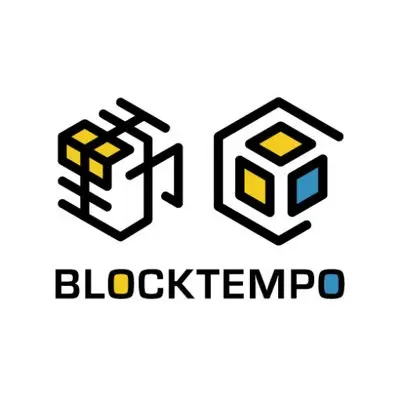Ethereum Foundation researcher: The golden age of Solana has ended, and its two major advantages will be surpassed by ETH L2
Original Title: "Ethereum Foundation Researcher: The Golden Era of Solana is Over! Two Major Advantages Will Be Surpassed by ETH L2"
Written by: Ting, BlockTempo
In this bull market, the public chain Solana has captured a significant portion of the meme season's traffic due to its advantages of fast transaction speeds and low gas fees, with the SOL token price breaking $260 on November 22, setting a new historical high.
In contrast, the leading public chain Ethereum has not seen significant breakthroughs in its ecosystem recently, and the high gas fee issue has driven on-chain users away, resulting in a continued slump in Ethereum's price.
However, Ethereum Foundation researcher Justin Drake recently stated that Solana's good days may be coming to an end.
Ethereum Foundation Researcher: The Golden Era of Solana is Coming to an End
Crypto media The Defiant tweeted today (29th) that in the latest episode of their Podcast, Ethereum Foundation researcher Justin Drake discussed how Ethereum Layer 2 is set to surpass Solana in terms of latency and throughput, bluntly stating that Solana's golden era is nearing its end:
Bitcoin, Ethereum, and Solana: Different Focuses of Competition
Justin Drake:
To summarize this competition, one could say: on one hand, Bitcoin's competitive advantages lie in its stability, Lindy effect (historical durability), and monetary properties; while Beam Chain focuses on maximizing the efficiency of Ethereum Layer 1, making its competition with Bitcoin more direct. On the other hand, Solana is centered around performance.
In my model, Solana's competitor is actually Ethereum's Layer 2, not Layer 1 itself. The good news for Solana is that it has performed excellently on two key performance metrics over the past year or two: latency and throughput.
Solana's Advantages Are No More: Latency and Throughput
Justin Drake:
In terms of latency, Solana has a very short slot time (time interval). However, for Ethereum, the arrival of pre-confirmation mechanisms will significantly improve latency, potentially surpassing Solana. Currently, Solana's average latency is 200 milliseconds. But the pre-confirmation mechanism will reduce latency to nearly 10 milliseconds, meaning a 20-fold improvement in slot latency.
Regarding throughput, this year we have witnessed the robust development of Layer 2. There is a website rollup.wtf that showcases the growth of throughput from a computational perspective (measured in gas per second). Ethereum's goal is to enable the entire ecosystem to process as many transactions as possible, and Layer 2 has already demonstrated its horizontal scaling capabilities. Currently, the overall throughput of Layer 2 is about 100 times higher than that of Ethereum Layer 1, and it is likely to grow to 1,000 times, or even 10,000 times, next year. This is a sustainable and scalable architecture.
Meanwhile, Solana's strategy has been to concentrate all activities on a single server. Each validation node requires a large server to handle all activities, but the performance of these servers has essentially reached its limit, making it impossible to significantly increase throughput. I believe Solana will not be able to increase its gas limit by 10 times next year, while Ethereum is very likely to expand its overall gas limit by 10 times through Layer 2.
In summary, we may soon see the end of Solana's golden era, as its once-proud two performance metrics will no longer hold a competitive advantage.
Interestingly, Solana co-founder Anatoly Yakovenko also quoted The Defiant's tweet and attached an image, stating:
"The golden era of Solana is over; the era of multi-signatures has arrived."
This tweet seems to carry a sarcastic tone, implying that the Ethereum Foundation lacks tangible results and can only motivate its users and developers within its ecosystem with statements like "Ethereum is about to surpass Solana." (Note: The Ethereum ecosystem places great importance on technologies such as multi-signatures and account abstraction.)

Ethereum Foundation Invests Tens of Millions of Dollars in zkVMs
On the other hand, Ethereum Foundation researcher Justin Drake also tweeted today (29th) that the Ethereum Foundation is investing tens of millions of dollars in zkVMs projects, including zkRISC-V formal verification, Poseidon cryptanalysis, and L2beat for zkVMs.












